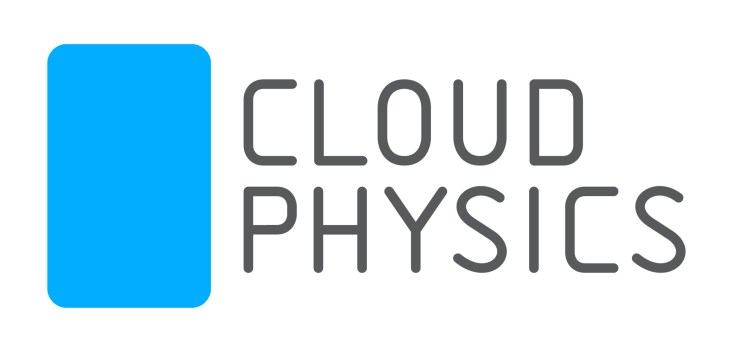CloudPhysics has raised a new $10 million round for its service that collects and analyzes virtual machine data from data centers to simulate potential problems when adding cloud capabilities.
The Series B funding was led by Kleiner Perkins Caufield & Byers. Previous investors also participated in the funding. The Mayfield Fund, VMware Co-Founders Diane Greene and her husband Mendel Rosenblum, who are all previous investors, also participated in the round. A number of angel investors also made investments. Cloud Physics raised a $2.5 million Series A around this time last year.
The company drives data analytics deep into the decision-making process, giving customers a way to better choose vendors, avoid costly downtimes and keep in check the ever-increasing human costs that come with IT.
Its customer-intelligence platform now pulls virtual machine data from multiple data centers and then models it for customers to do simulations. For instance, a customer considering flash storage could use the service to simulate how various configurations from different vendors would fit in their static data-center environments.
CloudPhysics has also launched a new community platform, opening its data to app developers. It’s just getting started, but this again has the potential to fulfill demand in the market that is now like a gaping hole. So much emphasis is put on “cloud this” and “cloud that” but often it’s a guess for what actually makes sense and works, too.
Another sign of potential success is in its pricing model, a tiered structure for different customer intelligence packages. The model is similar to the way New Relic charges for its app-monitoring service.
It does have its flaws. The service only supports VMware virtualized environments. There are plans to support Windows Azure and OpenStack, but for now, VMware is the platform of choice.
Still, CloudPhysics is a service for the new enterprise — the dynamic one that is data driven and fast to course-correct when problems arise.
